Manifesting your truth as a dynamic and successful cult leader is not only a humbling privilege but also profoundly satisfying and enriching. However, between controlling followers, growing as a movement, and managing your public image, there can be a lot to juggle!
In retrospect, I acknowledge that as a young cis man starting my very first cult I could have benefited from a mentor’s counsel—from receiving the earthed wisdom of a leader well versed in straddling that soulful line between sewing confusion and solving it, and in helping people to feel validated by submission.
So for those of you who feel called to lift their cults to the next level, or who are simply wondering how to start one, it’s my humble honor to now pay it forward.
The best teacher is experience, so here is an account of my actualization trajectory from petty suburban miscreant to selfless catalyst of evolutionary humanism, or, as I self-identified on national radio, as a “socially active Taoist.”
Fate comes dressed as accidents. I’d been ‘formally excluded’ from university by a small-minded, myopic, backwards-looking administration, and now, instead of wearing clown noses and army-surplus gas masks to macroeconomics lectures, I found myself working for a chainsaw-appliance supplier, updating price lists and cranking out invoices.
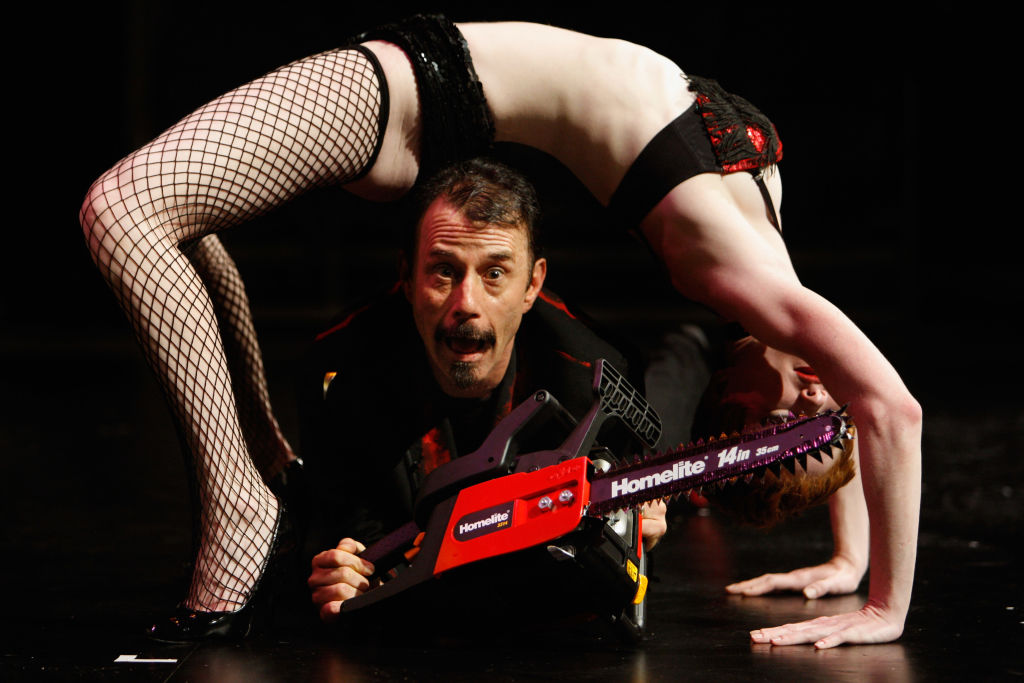
All day, every day, the workshop radio was tuned to shock-jock talkback, and while I appreciated the skill with which effective hosts performed faux-kinship-with-ordinary-folk, the skin-deep cycle of outrage and advertorial wore fucking thin.
One fateful morning in 1992, grizzly as I may have been after a big, bruising weekend of rock debauchery, the unrelenting nature of talk-back’s histrionic blather pushed me into destiny’s embrace. The radio host, conservative superstar Alan Jones (lately in the thick of an alleged gay-happy-hands harassment scandal), was having a total hissy fit over the name of Aussie thrash band, the Hard Ons (filmed here live with Henry Rollins fronting). Such a moniker, blustered Jones, was symptomatic of the moral decline evident in a persuasive element of youth culture. (In recent years, mind you, disturbing allegations have been made about at least one Hard On.)
Perhaps my hangover was of sufficiency potency to prevent me from straining against these righteous kings of the airwaves, because rather than just bitch to the company secretary as usual about the crap we had to listen to, and pelt the radio with yet more scrunched up waste-basket paper, I decided to join the shock jock in standing erect and proud against Hard On culture.
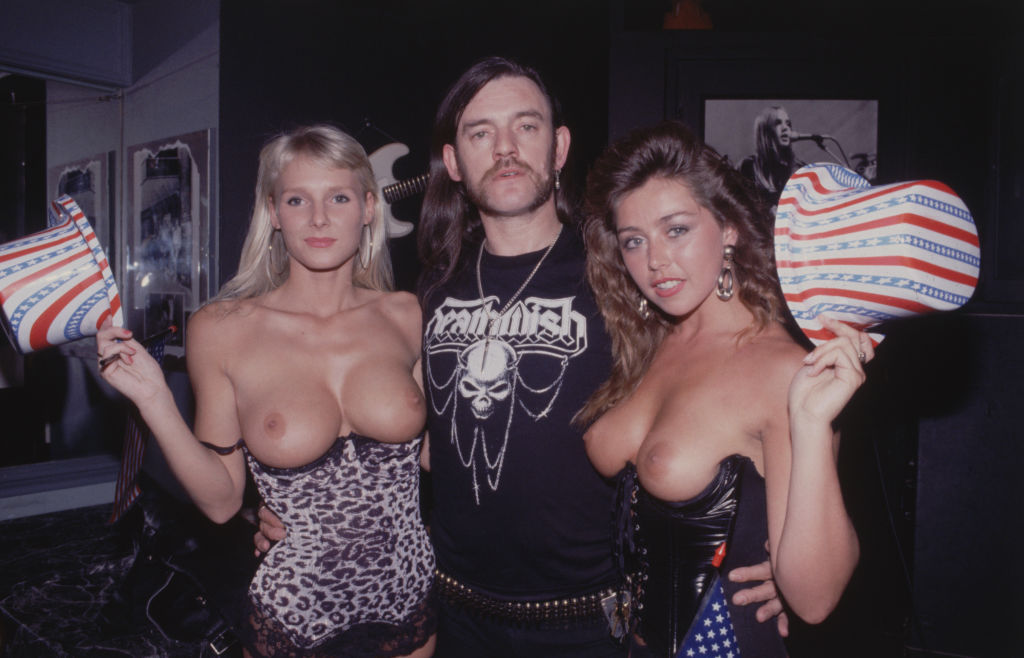
Right then and there I penned a letter to the editors of all the major, and some minor, newspapers of the region, declaring that not all youth were suckers for peddlers of the lewd and obnoxious. To the contrary, I shared that I was “head of a growing movement called Young People Against Heavy Metal T-Shirts (Y.P.A.H.M.T.S.), which had chapters in multiple states across the Australian continent and aimed to “improve the moral caliber of today’s youth and tomorrow’s world.”
The path to a shining future for us all lay, as I set forth, in pulling out of “socially and personally damaging activities such as smoking, drinking, taking drugs, easy sex, and, in particular, wearing heavy metal t-shirts.” These items of attire, I wrote, “may seem like a small issue, but look at how many people wear them in public. They depict scenes of violence and sex, and in many cases openly incite subversion and a cynical attitude towards the moral guardians of our society, such as the police, parents, religious figures, and law and order in general.” After giving a nod to the environmentalism of today’s youth, I declared that it was also time for young people to “clean themselves up.”
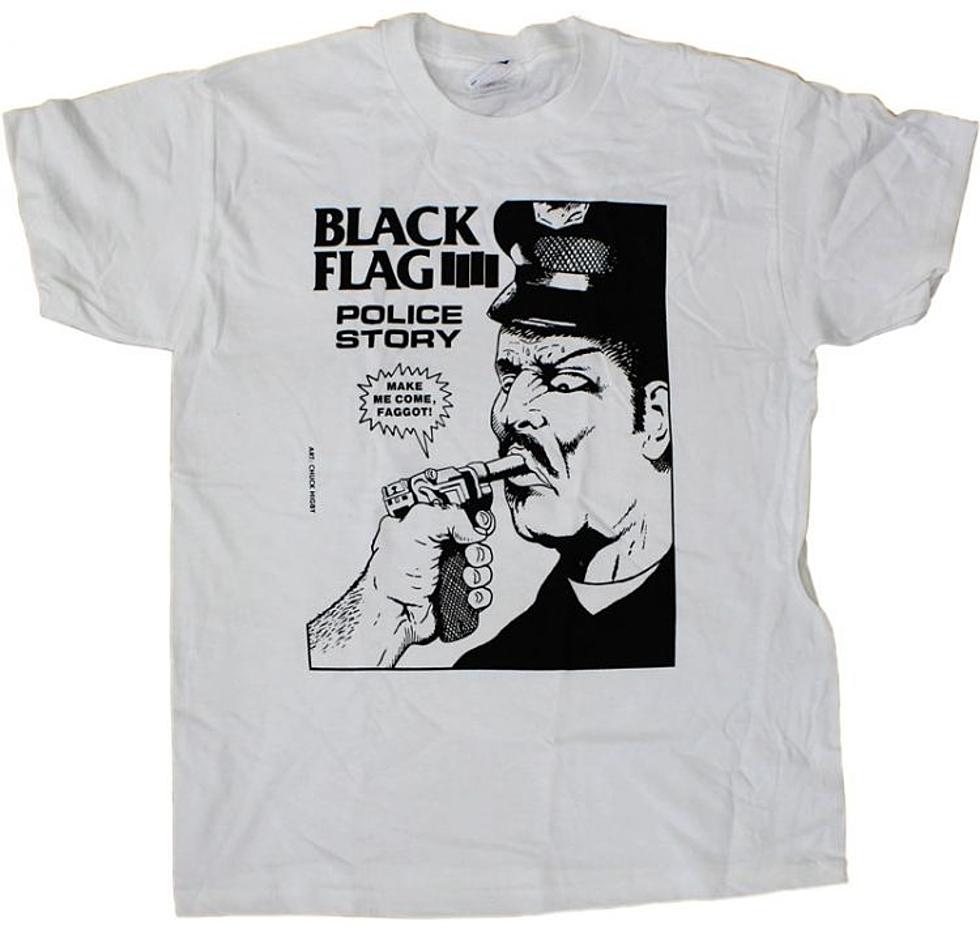
Letters to the editor sent, I got back to the grind.
A few hangovers later, and with the letter faded from mind, I trudged into work to find the boss waiting for me with a copy of Sydney’s biggest selling paper, the Daily Telegraph (of the Murdoch/News stable), open to the letters page, illustrated as it was with a teenage torso wearing a rock top, and emblazoned with the headline: Stamp Out T-Shirt Terror.
“What’s all this about?” asked the boss, pointing under the letter to my name.
Before I could reply, the Telegraph rang in a rush-rush mood to arrange an interview and photo. No sooner had I put the phone down from that call, my boss still staring at me, it rang again. This time it was Good Morning Australia—a national breakfast TV show—wanting an exclusive. Then a commercial evening current affairs TV show. Then ABC radio. Then another newspaper.
Shit got crazy.

The journalists went into a competitive frenzy, peppering me with questions about Y.P.A.H.M.T.S. (pronounced “yuphumpts”) and chasing juicy, story-propelling, news angles including storms brewing between “rival youth.” I was a bit unsteady at first but adapted fast.
To “Mr. Thompson, how many people are in your group?” I announced that we were about 50 strong and spreading rapidly. Asked if I proposed legislative change, or if I was considering standing for public office, I said that we reject the political system in its current form.
When, as prep for a live on-air interview, the ABC asked for a Y.P.A.H.M.T.S. newsletter, I wrote one-backdating it about a year and giving it an issue number. In the gazette I adopted an apocalyptic tone, noting to my beloved “family of strong and disciplined youth” that “we have taken up the struggle against those elements of our society that would drag us down into an anarchic and murderous abyss.”
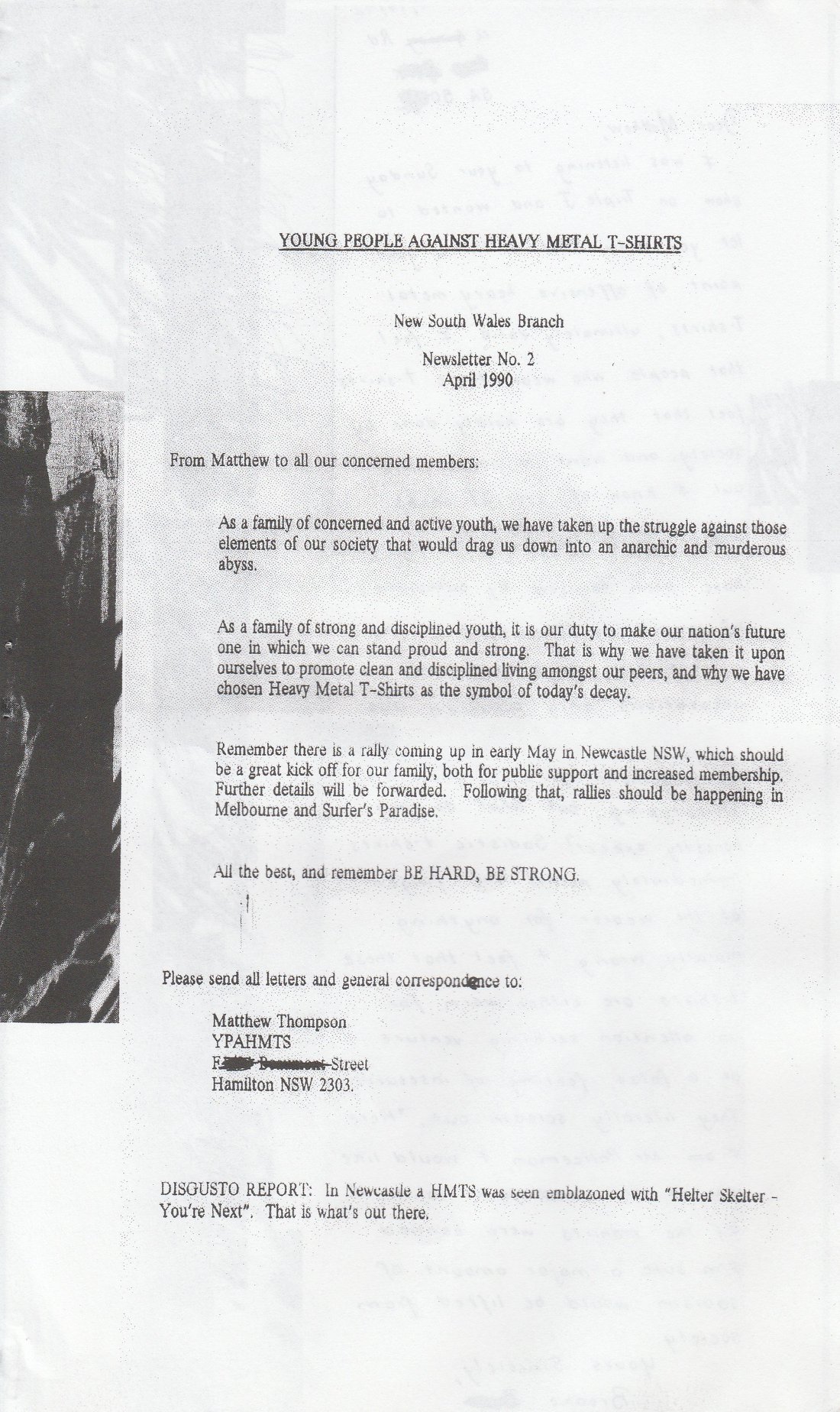
I wrote of upcoming public rallies and ended with a “DISGUSTO REPORT” about the sighting of an H.M.T.S. adorned with the message: “Helter Skelter—you’re next.” On live national radio, the ABC presenter read from the newsletter, and asked me what led me to start the movement.
The sight of two little boys, I said, gravely, deep now in an ad-lib flow: boys maybe seven years of age, maybe eight, wearing t-shirts showing a woman being raped by a robot.
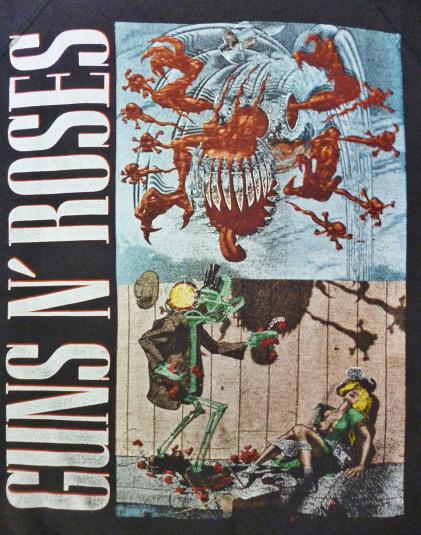
Y.P.A.H.M.T.S. stands firmly against robot rapists. What side are you on?
Sharing my deep dismay at what people think is acceptable to clothe even innocents, the host asked what my plans were going forward.
“Youth camps in the desert,” I said, explaining that through immersion in such an isolated, concentrated, controlled environment, one in which participants would be exposed only to information I supplied, would read clocks only I set, could young people move beyond ‘label consciousness’ and finally learn to think for themselves.
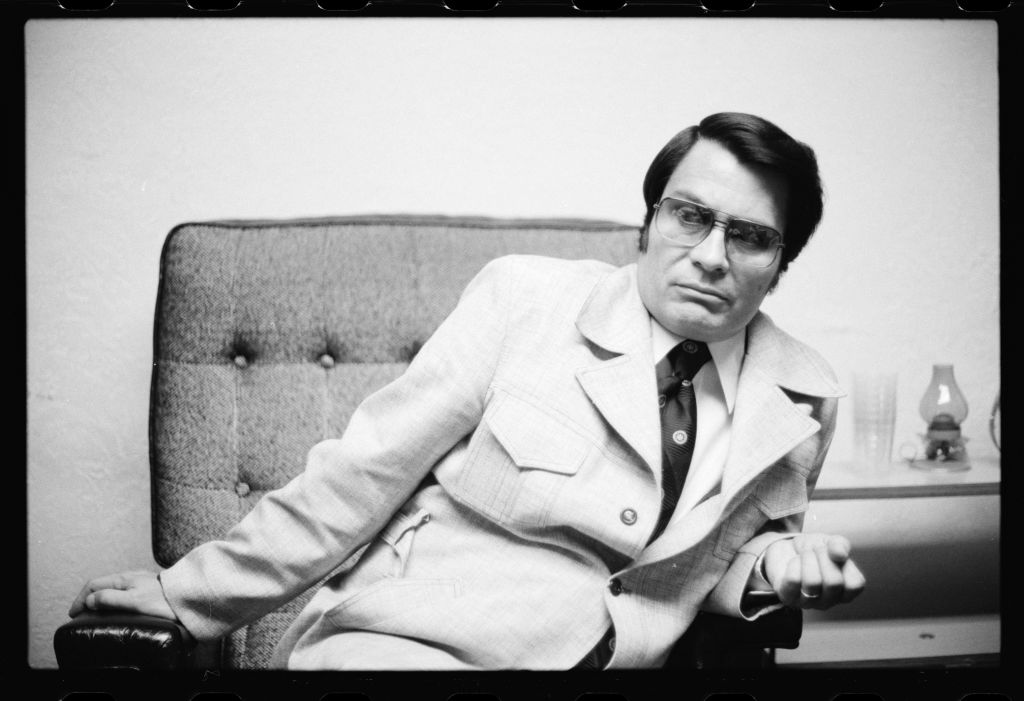
When the television coverage started, I had to learn to satisfy the idiot box’s hunger for readily digestible cliches and tropes.
A national current affairs show asked to film a typical group meeting, so I roped in an array of friends to play an array of stereotypes, and I buttressed my own collection of beloved heavy metal t-shirts with a spending spree of new ones so that we would have even more to complain about.
My then-girlfriend pointed for the camera at my battleworn Jane’s Addiction shirt, which depicted a woman aflame, and condemned it for its misogyny. An anxious, eye-contact-averse buddy told viewers that he’d met me, handed his t-shirts in, and turned his life around. We boasted an ethnic chap lambasting the garments’ flagrant indecency. Someone else asked why a band even needed to be called Slayer. The camera panned across a table of offending tops, hovering over Metallica’s Metal Up Your Ass shirt, which showed a switchblade thrusting up from a toilet bowl. Among other things, I denounced a t-shirt depicting Charles Manson and a heartbeat coming to an end, saying it was from an underground band called Cut Loose. I had recently hand-painted it.
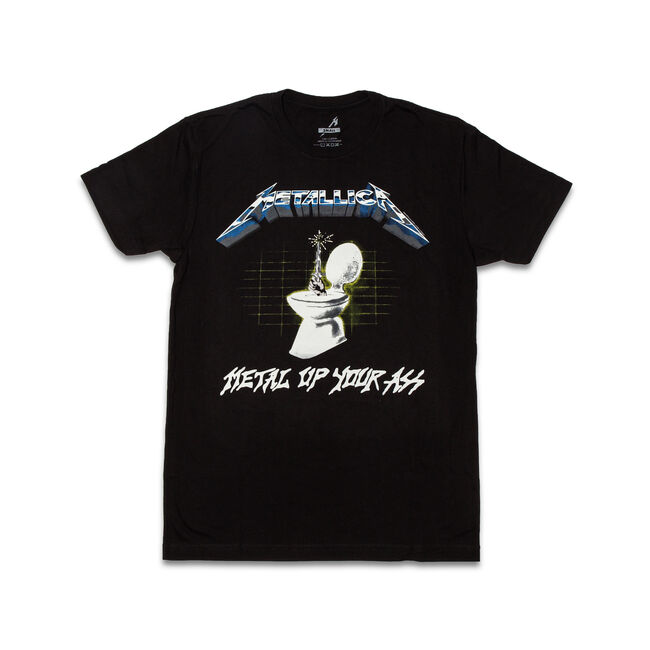
Invited to do battle on the country’s biggest metal station, RRR, with the star double team, I soon found myself in a loaded situation. While one of the hosts remained brutally opposed to Y.P.A.H.M.T.S., not dissuading callers wishing for me to be strangled with my mother’s “blood stained panties, the other changes sides, agreeing with my critique of people who forked out $20 to advertise major corporations like Metallica instead of making their own art. To make matters worse, and better, the hostile host’s girlfriend, who was on the desk plugging calls through, also switched teams. She slipped me her number as I was leaving, expressing interest in further discussing personal liberation.
The coverage rolled on and on; pseudo-rival-youth-culture stoushes were staged by TV shows, one organizing an hour-long deep dive into the psychological and even physiological dangers of metal; and I started getting recognized in public.
Invited onto the drive show of national youth network JJJ, I set about savaging wearers of heavy metal t-shirts as “weak, peer-pressured victims of unreflective consumerism,” who were adrift in “repetitive and unsatisfactory junk culture.” I did about half an hour of talkback, one notable call coming from a hostile, self-described artist who tried to cast me as a censorious jerk.
“Think of the schizophrenics,” I said.
With neither her nor the host knowing how to respond, I pressed on, raising the plight of people experiencing schizophrenia and people experiencing psychosis being subjected in their hyper-anxious, at times hallucinatory states to metal’s aggressive and often demonic iconography – and not in art galleries which consenting patrons make an informed choice to enter but instead have publicly thrust into their purview by the smug and selfish chests of such cruel and self absorbed people as herself. Denouncing the offending clothes as “walking examples of psychological assault,” I urged her to become more compassionate.
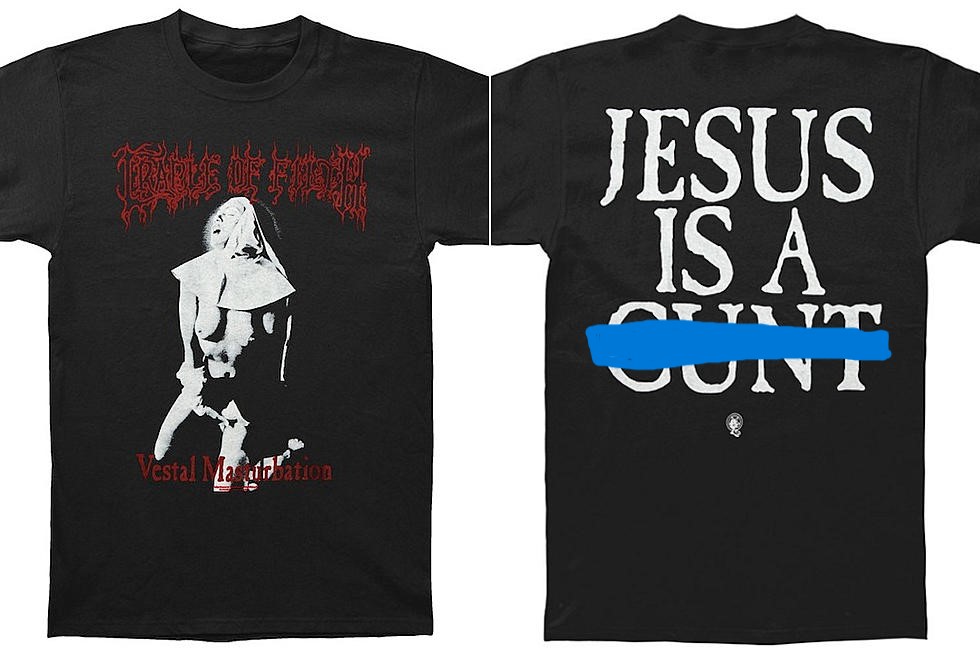
The majority of callers to these shows, however, supported my cause. Letters thereafter jammed my mailbox from youth excited by the message, cheerfully telling me about their “inoffensive” U2 and other kiddie-friendly-wear, and asking how to join Y.P.A.H.M.T.S.
Some were earnest Christians, but others wrote approvingly of how, when snide callers had tried to dismiss me as a bossy Christian prude, I had stated that, if anything, I was a “socially active Taoist” – a move which had stumped the self-righteous atheists.
Puzzles continued to bubble up, however, such as when a friend who had appeared on TV for me knowing that it Y.P.A.H.M.T.S. was other than ‘true,’ who had played his role for a laugh, later underwent a conversion to Y.P.A.H.M.T.S. consciousness, telling me that all jokes aside I really did have an important message for us all.
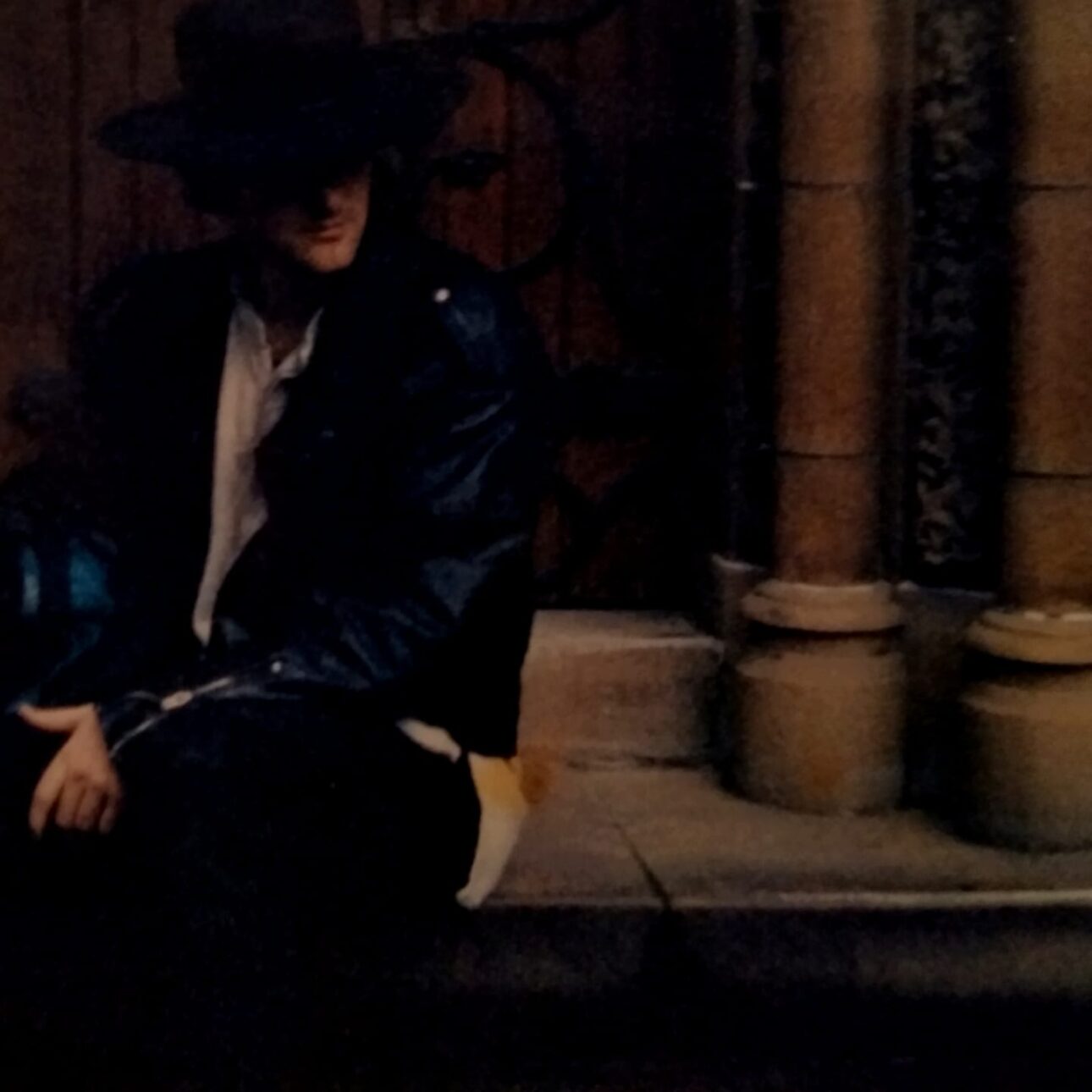
When the cult grew tiresome, along with the loss of friends to its psychospiritual seductions, I took what I thought would be a respite hiking in Tasmania’s remote wilderness. Stopping one afternoon to take the crystalline mountain waters, I was chanced upon by a feral couple, all leather and skin and weavings, who looked at me wide-eyed, and exclaimed: “You’re that guy!”
In those long lost, simpler times pre-Y.P.A.H.M.T.S., in my last days at university, I had switched from accounting to drama. And while goofing around in a theater was fun, the challenge and buzz of playing for knowing audiences was small beer indeed compared to the whole-of-being workout of doing undercover improv on national tv and radio.
Now, having moved to America and left oppositional Taoism leaderless in the land Down Under, I feel utterly at home. The United States of Confusion is truly my spiritual home.
But I grew up to become a journalist—the days of youth camps in the desert are behind me. So now I throw the golden ball to you.
Make the world a better place.
Start a cult.





